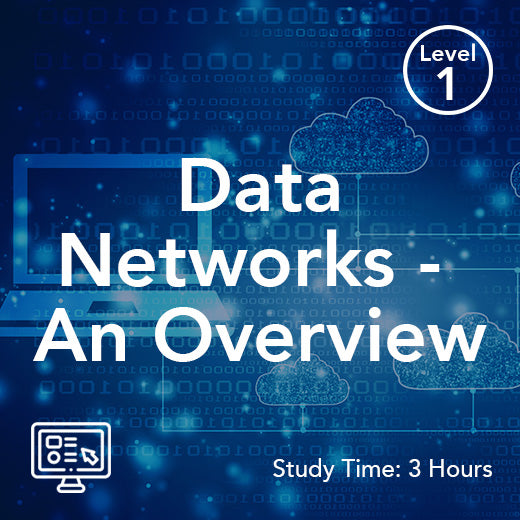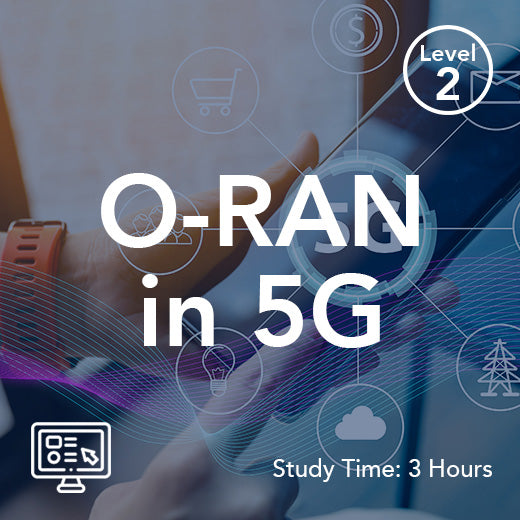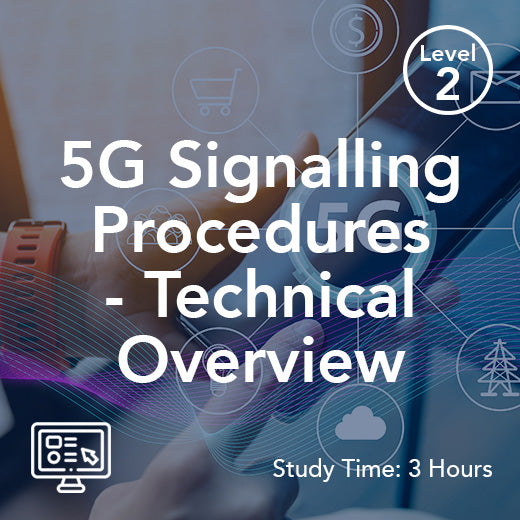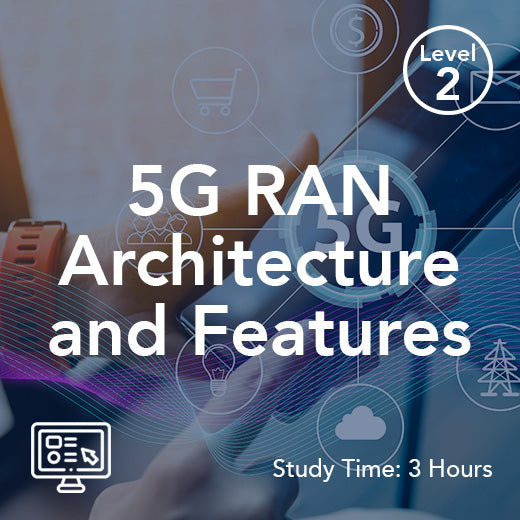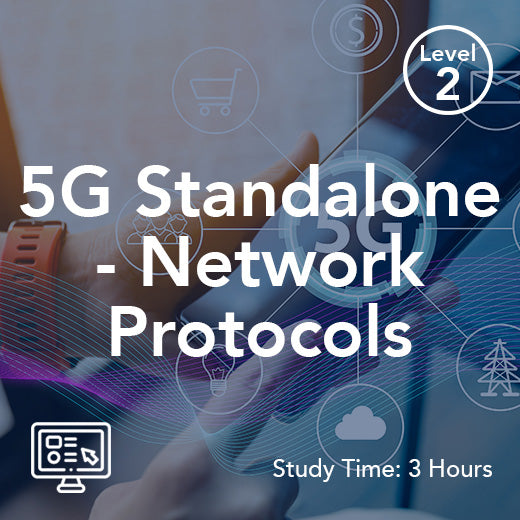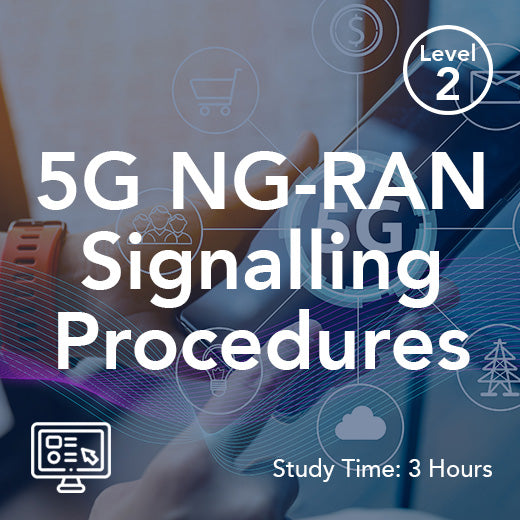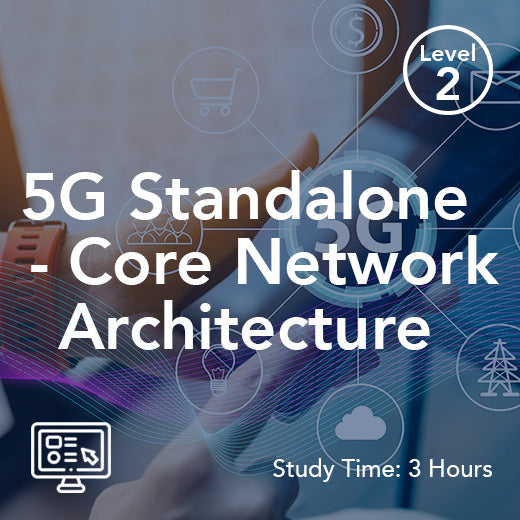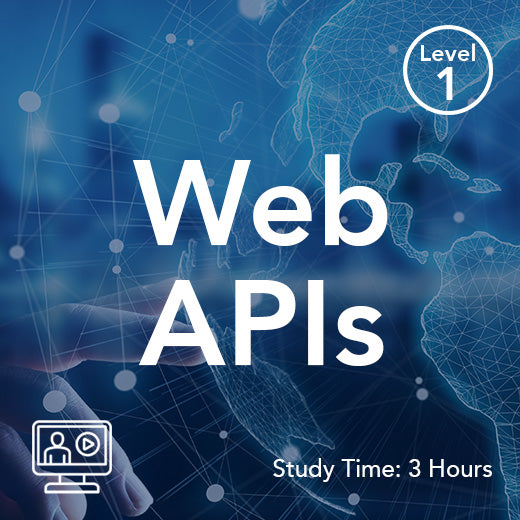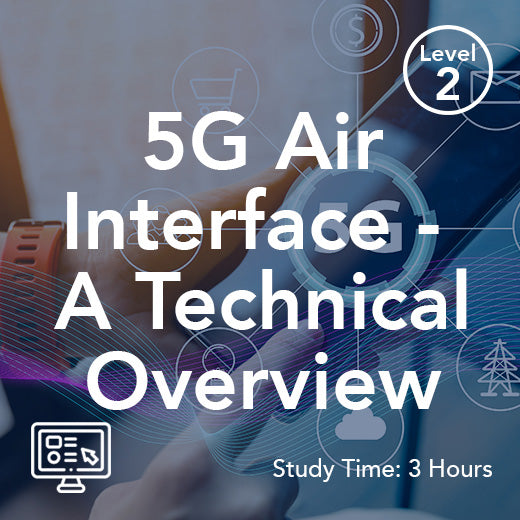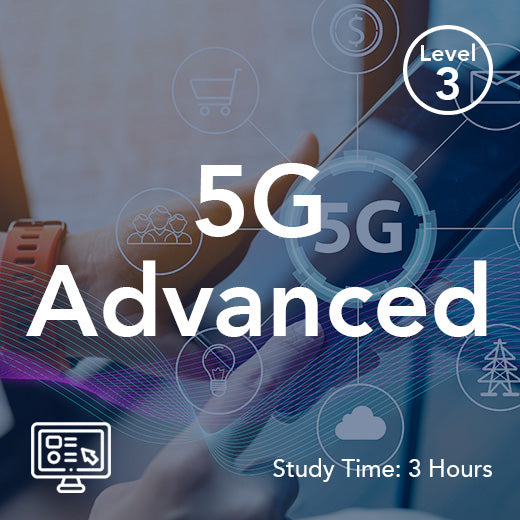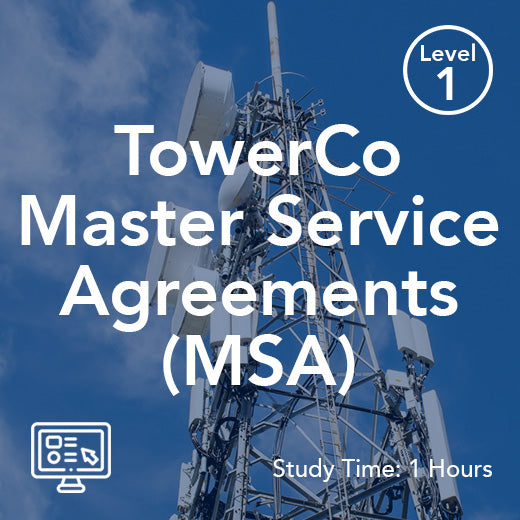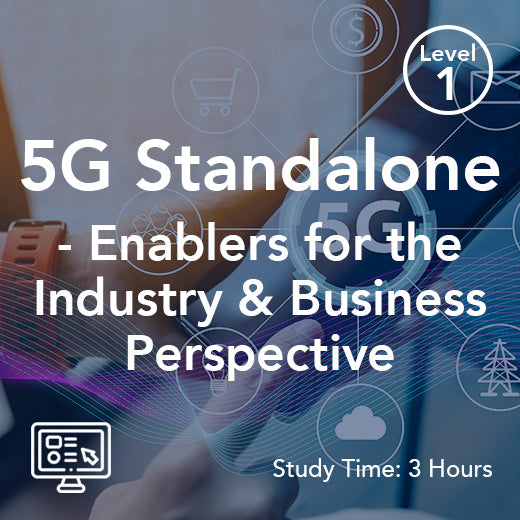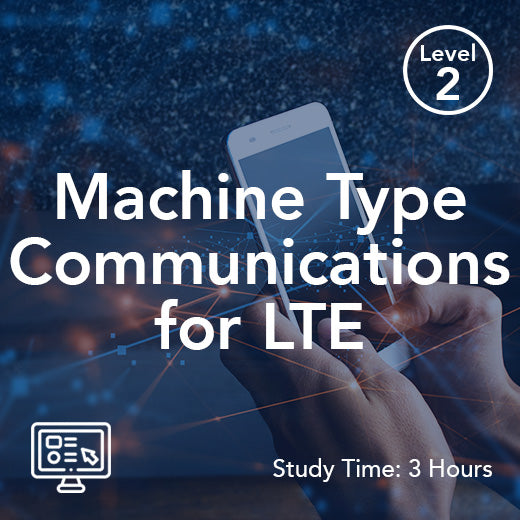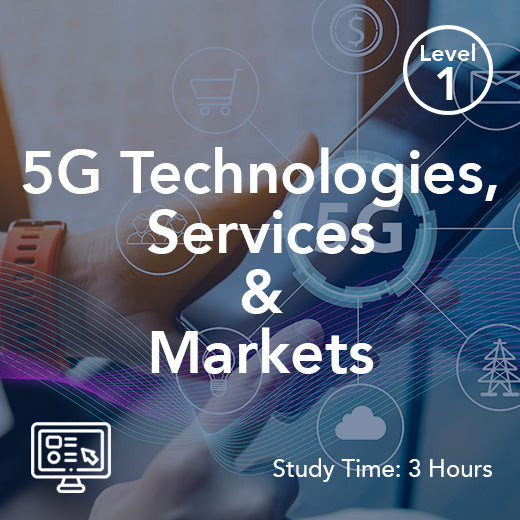What Are The Differences Between 3GPP Release 18 And 19
- , by Stephanie Burrell
- 5 min reading time
3GPP Release 18 focuses on enhancing the existing 5G capabilities by introducing new features such as enhanced ultra-reliable low latency communication (URLLC), improved support for industrial IoT applications, and enhanced vehicle-to-everything (V2X) communication. It also aims to optimize network performance and efficiency, improve security mechanisms, and enable seamless integration of new technologies. Additionally, Release 18 includes advancements in handover procedures to support handover, enhancing mobility within 5G networks. These enhancements are crucial for enabling operators to leverage new capabilities and generate additional revenue streams.
In contrast, 3GPP Release 19 builds upon the advancements of Release 18 by further expanding the capabilities of 5G networks. Release 19 introduces new features like enhanced support for network slicing, improved integration of artificial intelligence and machine learning technologies, enhanced multimedia services, and enhanced positioning capabilities. It also focuses on dynamic spectrum sharing (DSS) to allow 4G and 5G to share the same frequency, and includes improvements in uplink and downlink scheduling for improved uplink and higher XR capacity. Release 19 addresses handover procedures between different gNBs and the same gNB, supported by the LTM framework, and introduces a new handover procedure to enhance mobility. The release supports massive MIMO, distributed transmitters, and fully distributed MIMO to improve network performance. It also emphasizes network energy savings and power saving features for energy efficiency, and continues exploring AI/ML applications for various use cases. Expected outcomes include advancements in Global Navigation Satellite Systems for positioning, low complexity IoT devices, faster beam selection, and improved beam prediction. Release 19 aims for cost efficient realization of D-MIMO and introduces new possibilities with AI and ML. The primary focus is on improving performance and addressing critical needs, with active participation from organizations like Nokia, Huawei, and Ericsson. This next wave of advancements aims to improve coverage, network sustainability, and cells served, ultimately enabling new use cases and applications. The first version of 5G-Advanced technology laid the foundation for these enhancements, which are expected to meet the evolving needs of the telecom industry.
Introduction to 3GPP Releases
The 3GPP (3rd Generation Partnership Project) is a global collaboration between various organizations that develop standards for mobile broadband. These standards, known as 3GPP releases, define the features and functionalities of mobile networks. Each release builds upon the previous one, introducing new technologies and enhancing existing ones. The latest releases, such as Release 18 and Release 19, focus on 5G Advanced, which aims to enhance network performance, improve energy efficiency, and support new use cases like industrial wireless sensor networks and satellite communications. Release 18 laid the groundwork with foundational improvements, while Release 19 takes these advancements further, addressing the evolving needs of the telecom industry.
Network Enhancements
Release 19 introduces several significant network enhancements, including improved support for non-terrestrial networks (NTNs) and satellite communications. This advancement enables operators to provide better coverage and services in areas where traditional networks are not available, such as remote or rural locations. Additionally, Release 19 places a strong emphasis on network energy efficiency. Features like power-saving modes and dynamic adjustment of network resources help reduce energy consumption, making networks more sustainable and cost-efficient. Another notable feature is UE-initiated measurement reporting, which allows devices to report their signal quality. This data helps operators optimize their networks, ensuring better performance and user experience.
Automation and Intelligence
Artificial intelligence (AI) and machine learning (ML) are pivotal in Release 19, empowering operators to automate and optimize their networks. AI/ML-based solutions can significantly enhance network performance by predicting and preventing faults, optimizing resource allocation, and improving overall efficiency. Release 19 also introduces a new air interface that supports AI/ML-based beam management. This innovation improves the efficiency of beam prediction and selection, leading to better network performance, lower latency, and an enhanced user experience. By leveraging AI and ML, operators can achieve a higher level of network automation and sustainability.
IoT and Device Support
Release 19 provides enhanced support for IoT devices, including reduced capability (RedCap) devices. This enables operators to cater to a wide range of IoT use cases, from simple sensors to more complex devices. The release also introduces new features like packet delay information, which helps operators optimize their networks for IoT traffic. Additionally, Release 19 supports industrial wireless sensor networks, providing reliable and low-latency connectivity for industrial applications. These advancements ensure that operators can meet the diverse and growing demands of IoT deployments, enhancing overall network efficiency and performance.
Release 19 Features
Release 19 includes a wide range of features that enhance network performance, improve energy efficiency, and support new use cases. Some of the key features include:
-
Improved support for non-terrestrial networks (NTNs) and satellite communications
-
Network energy efficiency features like power-saving modes and dynamic adjustment of network resources
-
UE-initiated measurement reporting for improved network optimization
-
AI/ML-based solutions for network automation and optimization
-
New air interface with AI/ML-based beam management
-
Enhanced support for IoT devices, including RedCap devices
-
Support for industrial wireless sensor networks
-
Packet delay information for optimized IoT traffic
-
Improved handover procedure for better network performance
-
Support for virtual reality (VR) and augmented reality (AR) applications
-
Higher output power and capacity optimization for improved network performance
-
Frequency resources and channel modeling for better network planning and optimization
These features collectively ensure that Release 19 not only builds upon the advancements of Release 18 but also addresses the critical needs of modern networks, paving the way for the next generation of mobile communications.

